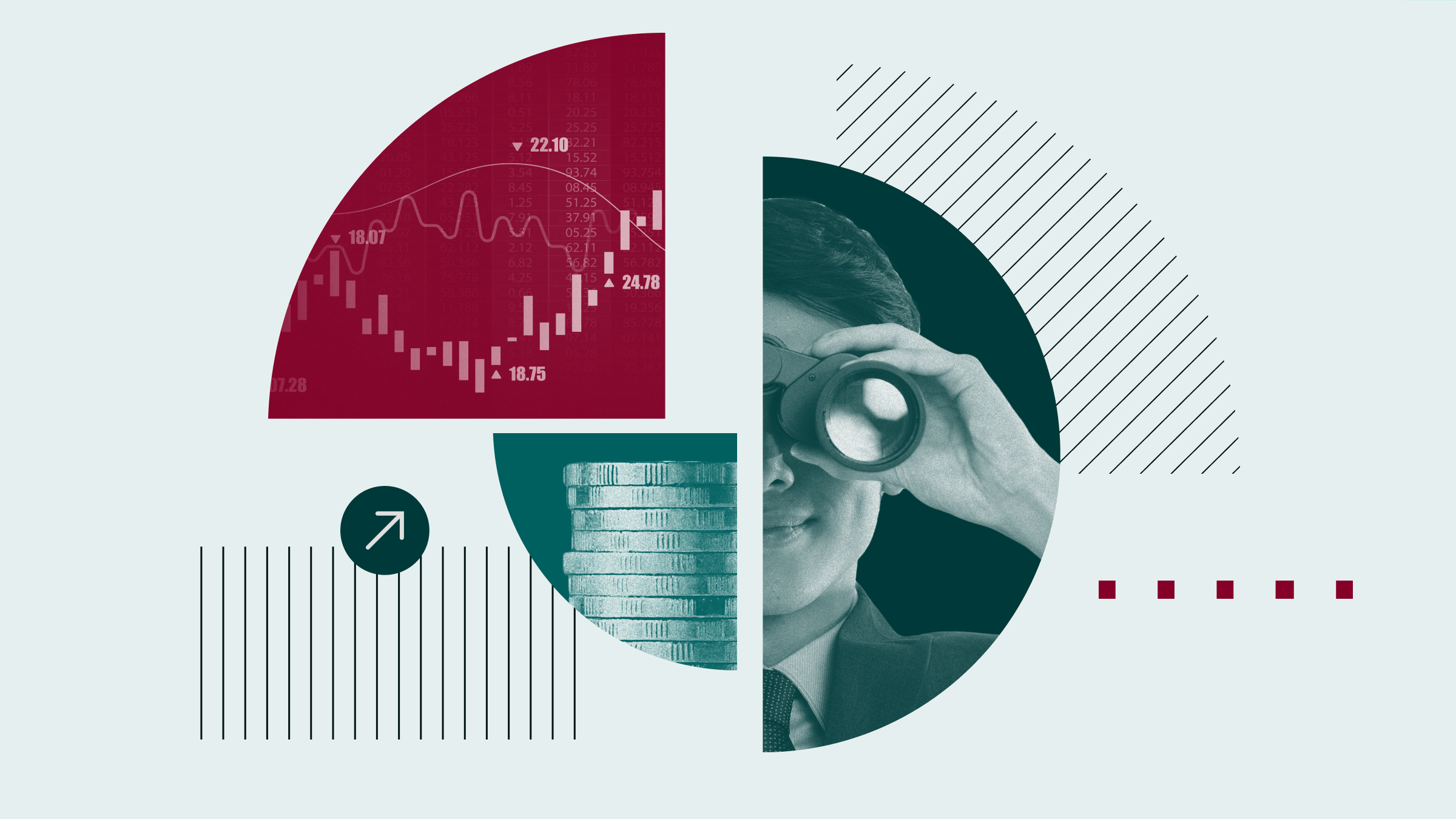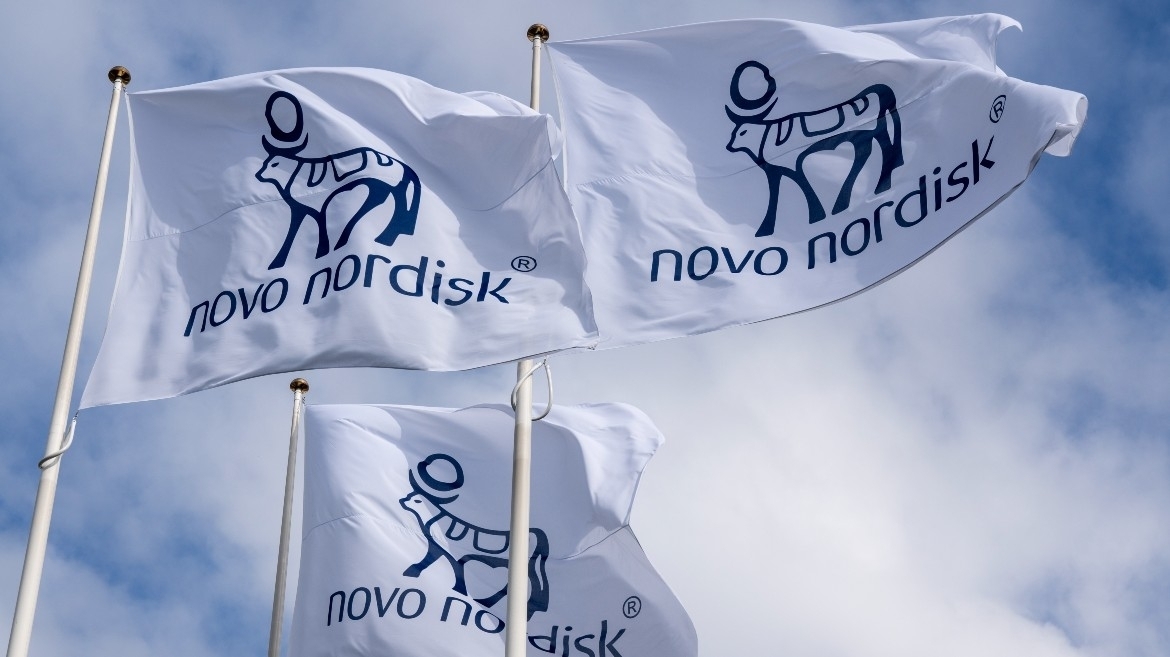Emma Wall: I’m Emma Wall, and welcome to Morningstar. Joining me today to talk about Active Share is Martijn Cremers, Professor of Finance for Notre Dame University.
Hello, Martijn.
Martijn Cremers: Hello. How are you?
Wall: Very well. Thank you. I thought you are the man to ask what is Active Share?
Cremers: Well, that’s one of my favorite topics. Active Share is a new tool for investors. It’s really basic measure that compares to holdings, the weights of the funds, to the holdings or the portfolio weights and the benchmark.
So Active Share measures how different the fund holdings are relative to the benchmark holdings. So a high Active Share means that the fund owns very different securities than the benchmark.
Wall: And, of course, high Active Share sounds like a fantastic idea, because it sounds like an active fund manager is earning their keep, they’re deviating from the benchmark. But all the considerable volatility that we've seen in markets recently, fund flows have actually left those managers with high Active Share because people see that their fund is doing different from the benchmark and they have a short-termist nature. They are scared of risk. They are scared of losing money. And, so therefore, they are not actually backing those active choices from a fund manager.
Cremers: Yes, that’s right. So if you have a high Active Share, it may lead to more volatile performance versus the benchmark, but it doesn't have to be, right. Some active managers are able to be well-diversified, as well as have Active Share. And so the two things are not completely the same, right. High Active Share means you are different, but you can still have good risk management and still be very well-diversified.
More generally, I would say, that investor should be careful not to judge managers over too short horizons. It may take a while before you figure out if a high Active Share manager is worth your money. But it does mean that before you invest in the high Active Share manager, you may need to have a higher level of trust in this manager.
Wall: And is high Active Share good? Can we make a blanket statement such as that, high Active Share better than low Active Share?
Cremers: No, certainly not. Active Share is a very basic tool in large toolbox. It just matters how different the holdings are. To make a really obvious point, I don't need any skill in investing to get a high Active Share portfolio only to do which is buy a bunch of different stocks. So, of course, for successful investing, you need a lot more just buying bunch of different stocks than are in your benchmark. Nonetheless, I would argue that Active Share tells you something really important about the manager.
Namely, how different what you're buying is to what you can get really cheaply through ETFs or Index funds. So at very least investors should not pay high fees for a low Active Share manager because, again, most of the portfolio for a low Active Share manager, you can get at really low cost in the ETF or Index funds.
So at the most basic level, Active Share tells you something important about what the manager is doing and then by combining Active Share with other interesting characteristics of fund managers like volatility, tracking error, turnover, costs, you can get a better insight on what the manager is trying to do.
Wall: Do high Active Share funds perform better in a certain part of the market cycle. For example, you know, you could argue, though, while S&P 500 has gone great guns since their Global Recession, owning an ETF, tracking the index is probably the smartest thing to do. Whereas now it's a lot more difficult to find growth. Is now the time to be backing those high Active Share fund managers?
Cremers: That's one of the very difficult question to answer. Also, because my data doesn't include too many different market cycles, right. So my data really starts in 1990 and there has been a limited number of market cycles in there...
Wall: We've had two big hikes and two big crashes since then though.
Cremers: Yes, fair enough. My own research doesn't suggest very strong differences across cycles. What my research does suggests though is that stock picking seems to work best among small cap managers and global equity managers, and a particular interesting combination would be high Active Share managers who don't trade very much; so really the patient high Active Share managers.
One of the main results, that is in my new research is that among high Active Share managers, who as a group have outperformed, to some extent over the last 25 years, has really only been the patient high Active Share managers. They have done very well. So, again, the combination of high Active Share with patients, that's a difficult strategy to run. You also need patient investors, referring back to one of your earlier questions. So it's hard to do, but the managers who have been able to do it have been quite successful doing so at least in my example.
Wall: I can think of one good example in the U.K. and that's Nick Train. He is definitely a buy and hold advocate, and he is very highly rated by Morningstar analysts as well.
Cremers: Okay. Very good.
Wall: Martijn, thank you very much.
Cremers: Yeah, thank you.
Wall: This is Emma Wall for Morningstar. Thank you for watching.



















